| All Artists: Berlioz, Toscanini, NBC Title: Harold in Italy / Romeo & Juliet Members Wishing: 0 Total Copies: 0 Label: RCA Release Date: 4/14/1992 Genre: Classical Styles: Opera & Classical Vocal, Forms & Genres, Concertos, Instruments, Strings Number of Discs: 1 SwapaCD Credits: 1 UPC: 090266027521 |
Search - Berlioz, Toscanini, NBC :: Harold in Italy / Romeo & Juliet
CD DetailsSimilarly Requested CDs
|
CD ReviewsValedictory Reading of Berlioz Masterpiece in Good Sound 09/17/1998 (5 out of 5 stars) "This disk in the "official" RCA / BMG Toscanini collection contains the broadcast of 29 November 1953 in Carnegie Hall of "Harold", transparently 'fixed' with insertions from the dress rehearsal. Toscanini found the more famous "Symphonie Fantastique" to be deficient, and thus did not bequeath us a reading. He made up for it with his frequent essays of "Harold in Italy" which some might agree is a finer and more consistent masterwork. The last of his four NBC productions replaces the former violist William Primrose with the almost equally fine and personable account of Carlton Cooley. Mike placement is almost ideal, with a full, rich instrumental perspective capturing Carnegie Hall's ambience. Dynamic range is very wide, though at the expense of some audible tape hiss from the wide range master recording: the RCA transfer engineers displayed remarkable restraint, and avoided any tasteless computerized filtering or audio noise-gating. Reproduction is genuine single-channel monaural, as befits the original source, and noses out the best- quality "Plum Label" or "Shaded Dog" pressings of the fifties. The Maestro is unusually relaxed and spacious, turning in a leisurely performance that stretches to 42 minutes (compare the famous Munch version, which dispatches the work in less than 38 minutes.) The lionized Koussevitzky Red Seal set from 1944 plays for just a few seconds less time than this last Toscanini interpretation, though Koussevitzky seems more aggressive and forceful in the dramatic passages of the "Orgy of the Brigands". The accompanying commercial 78 rpm set of extracts from Berlioz' "Romeo and Juliet" was prepared from the same production that was presented on two NBC broadcasts in 1947: the Red Seal disks are a bit more polished than the radio reading, but do not have the body and impact of the Studio 8-H aircheck on Vol. 34 of the Toscanini Collection. Nor do the "canned" sides of the Love Scene have the ardor of the live broadcasts of 1947 or 1938 (the latter unreleased.) But there are still few modern stereo readings that favorably compare with this brilliantly executed performance from the pre-microgroove era! Transfer quality is comparable with my own best results from a mint- condition copy of the shellacs."
|


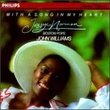
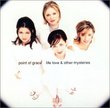
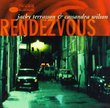
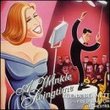

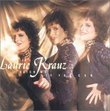
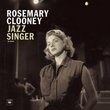


![Gershwin: Porgy & Bess [With Members of the Original Cast]](https://nationalbookswap.com/cd//m/71/7871/117871.jpg)